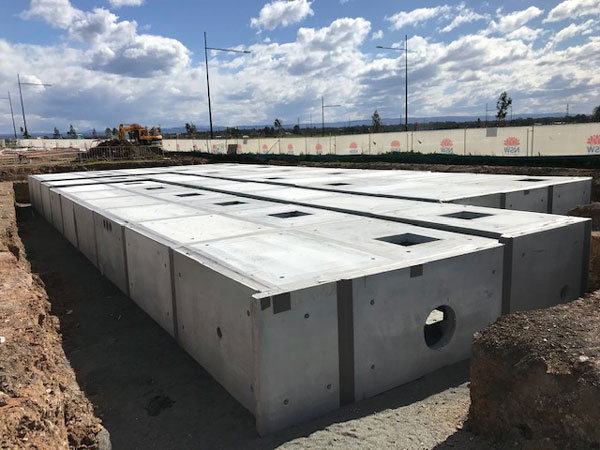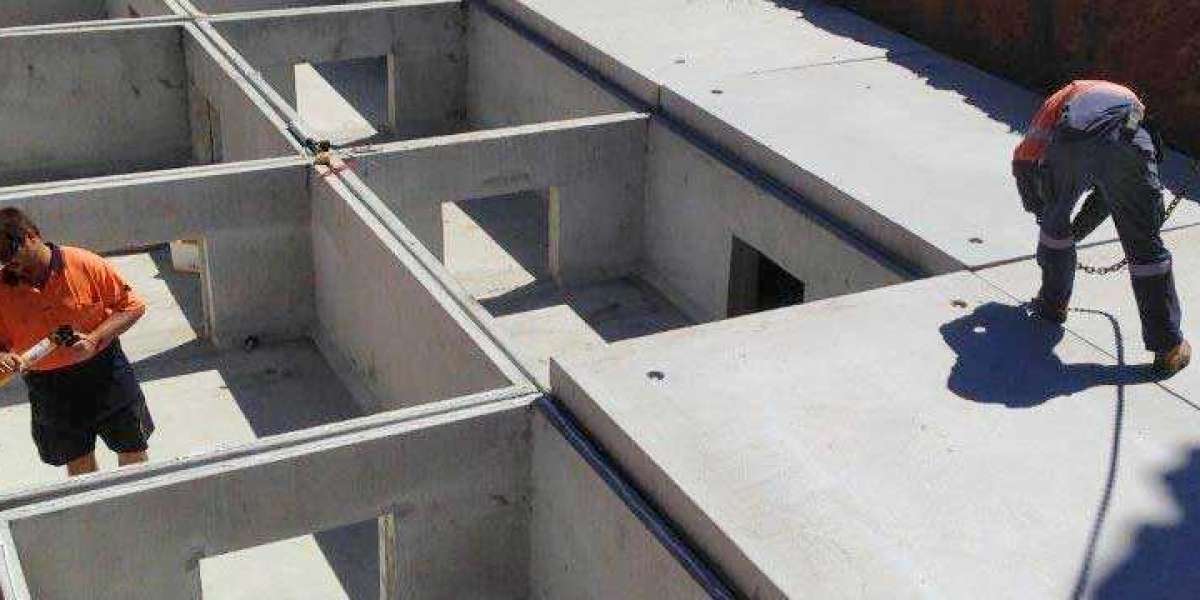Onsite Stormwater Detention systems have gone through major changes and innovations over the past 5 years, culminating in the rise of precast systems developed in response to the pitfalls of their more traditional counterpart, the block slab method.
The three most commonly listed benefits of precast systems, acknowledged by project managers and contract administrators alike, are safety, time efficiency, and cost. The exact three areas where the block slab method seems to be less than optimal.
With the recent surge in popularity of the precast systems, it’s becoming harder to overlook the pitfalls inherent to the block slab method and to justify specifying it as the optimal Onsite Detention solution.

Often appointed contractors look for the cheapest product or upfront quote, rather than thinking of cost savings in the bigger picture. And there lies the greatest contrast between the two solutions. When all things are considered such as materials, labour, safety, and time, it is nearly impossible to argue in favour of block slab as opposed to a precast system installation.
For one, with block slab being a site-specific product, it is subject to a variety of unanticipated site-specific problems. It is also necessary to rely on a number of additional contractors to complete the work, as well as additional trucks, raw products and materials, additional safety inductions and more time spent on safety plans.
By project completion, what seemed to be the cheapest option on the upfront quote, has far surpassed the initial financial estimates as the additional work and management incurred in more time spent on-site, increasing holding costs and interest repayments. Most of this is still, however, left out of the building plan and cost comparisons, which ends up being a costly inaccuracy.
The gap between the two solutions is further widened when the time required to finish a large-scale project with a precast system is compared to the time needed when opting for a block and slab installation. A 250,000-litre pre-cast tank installation requires as little as 3 days to be completed, as opposed to a potential period of 4 to 8 weeks for the completion of a block and slab install.
Pre-cast detention systems do not only excel in large-scale developments. The benefits for smaller projects are just as numerous, and installations of 7,000 and 12,000-litre precast tanks are on the rise as a direct response to the contractors and engineers’ demand for a system that was simple and quick to install and offered significant time savings.
More and more, it becomes clear that precast solutions are the way of the future. Soon there will come the time when 10 out 10 engineers specify a precast system over block slab. The benefits are simply too significant to do otherwise.








